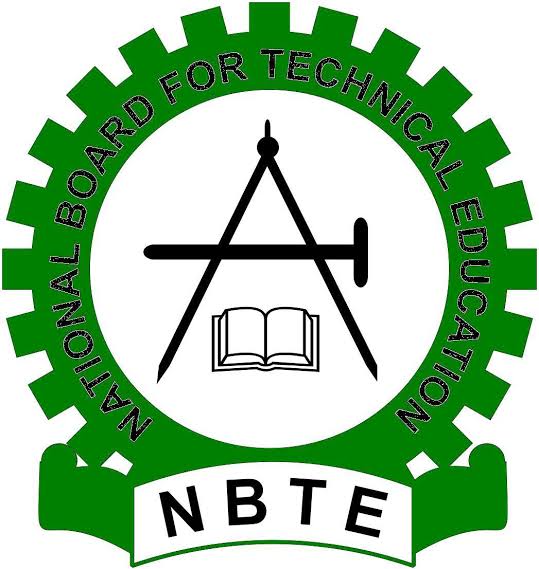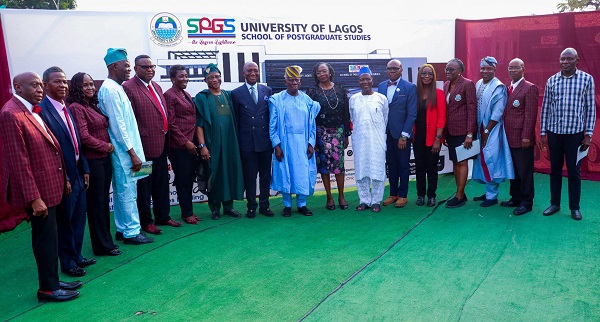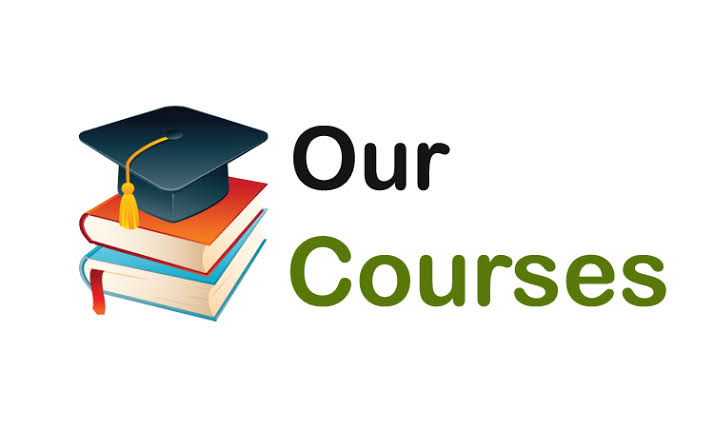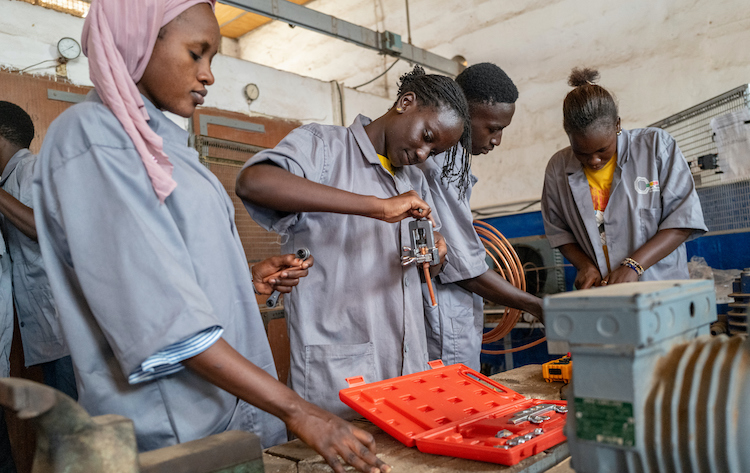The great philosopher Socrates tells a story about the invention of writing in Plato’s Phaedrus. Socrates’ account follows how the Egyptian god Thoth showed his written characters to another god, Ammon, who rebuked him saying: “This discovery of yours will create forgetfulness in the learners’ souls, because they will not use their memories; they will trust to the external written characters and not remember themselves.”
For Ammon, documentation for learning purposes promotes laziness as many items were committed to memory in the ancient times. As adversarial as this opinion of Ammon’s appears, the assertion is tenable to some extent.
Consider the Dark Ages—thus known due to the minimal advancement in scientific discovery and cultural development. Religious superstition was widespread and thrived the most, one may argue that it was because of the lack of enlightenment that people were so easily swayed.
However, that may not be the case. At least, not entirely. This is because of the institutionalisation of the philosophy of religion at the time as opposed to the advocacy of cultural and scientific advancement earlier pioneered by the Romans and Greeks. This goes to show how important it is to mechanise and automate aspects of learning to bring about standardisation.
The merits and demerits of innovative technology in higher education
In the 21st century, the age of information overload, higher education utilises different media to shape learning experience. Higher education in relation to literature as any body of well written and documented works for long lasting artistic merit, intertwined with language and history, provides the bedrock for many other learning endeavours.
Digital revolution in higher education has been a topic of much discussion in recent years since technology has become an integral part of higher education. From online courses and virtual classrooms to digital learning resources and educational software, technology has transformed the way we teach and learn in higher education. That goes to show that the higher education sector has not been left behind in the digital revolution, with many universities and tertiary institutions integrating technology into their learning processes.
With growing access to online libraries, e-books and digital academic research journals, among other educational materials, learning experiences have never been more engaging and interactive.
The digital revolution facilitates collaborative learning by enabling higher education students to communicate and work together on group projects, irrespective of their location. This not only improves the quality of learning but also prepares students for the real-world working environment where teamwork and collaboration are essential.
Education technology solutions, such as online courses, offer flexibility which enables students to learn at their own pace and from any location. This makes higher education more accessible to students who are unable to attend traditional classes due to work or family commitments.
It also makes it possible for students to pursue their academic goals while travelling or working abroad. Administrative tasks for instructors, such as grading and record-keeping, are more efficient and streamlined in the age of digital revolution. This frees up time for instructors to focus on teaching and for students to focus on learning.
Despite the advantages, the digital revolution presents some challenges in higher education. One of the major challenges is the digital divide, which refers to the unequal access to technology among students.
Students from low-income families or in developing countries may not have access to the necessary technology, making it difficult for them to participate fully in virtual classrooms or online courses. This creates a gap between students who have access to technology and those who do not, which may have long-term implications for their education and career opportunities.
Another challenge is the potential for technology to detract from the human element of education. While technology can enhance learning, it cannot replace the personal interaction between students and their instructors. The role of instructors is to guide and facilitate the learning process. This cannot be achieved solely through technology. Therefore, it is essential to strike a balance between technology and human interaction in higher education.
Also, technology has made it possible to personalise learning experiences to meet the individual needs of students. However, adaptive learning softwares may incorrectly assess a student’s strengths and weaknesses and provide personalised feedback which may discourage learners.
Striking a balance
Last October, when the 2022 Nobel Prize in Literature was awarded to Annie Ernaux, the first French woman to win the prize, for “the courage and clinical acuity with which she uncovers the roots, estrangements and collective restraints of personal memory,” her achievement beghasted French president Emmanuel Macron who praised Ernaux: “[…] Her voice is the voice of the freedom of women and forgotten figures of the century.” This is testament to how higher education concerns itself with history.
The digital revolution has been pivotal to higher education, as we have found. Also, documentation for learning purposes is important and instrumental to higher education, which is in turn pertinent to literature, history and language. Oral transmissions, stone inscriptions, artefacts, archaeological sites, paintings, recorded sounds and photographs, among others are documentations which provide strong footing for higher education to thrive.
Physical human interaction facilitates learning experiences. And without documentation and language as a medium of communication, whether oral, written or presentation as a performance, higher education is incomplete.
With verified documentations of ancient Egyptians writing the first equation, Greeks making crucial advancements which shapes modern geometry, Indians broadening the understanding of the concept of zero not only as an entity but also as a written digit in the decimal place value notation and negative numbers appearing for the first time in history in the Nine Chapters on the Mathematical Art by the ancient Chinese, modern trends in technology in relation to higher education has now, more than ever, been game-changing.
While some argue that the digital revolution may diminish the traditional learning experience, others assert that it enhances accessibility and fosters creativity. Overall, technology has expanded the scope of higher education, creating new possibilities for learners and instructors alike.
As the digital revolution continues to evolve, we can expect to see even more changes in the way we teach and learn in higher education. To fully realise the potential of technology in higher education, it is essential to address aforementioned challenges and strike a balance between technology and human interaction. Ultimately, technology should be seen as a tool to enhance the learning experience and not as a replacement for the traditional methods of education.











